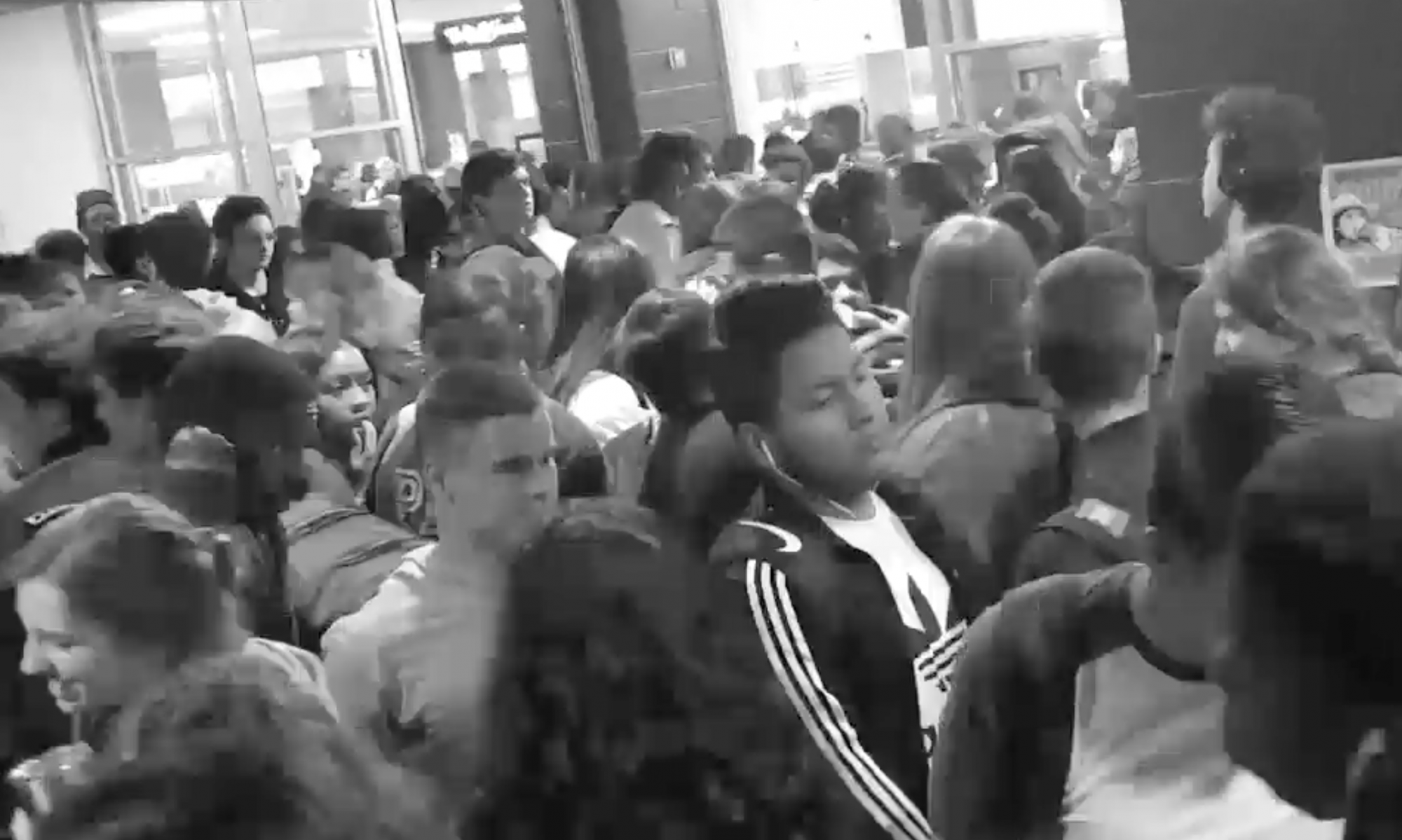Yard signs and memes aren’t the basis for good decision-making; data, information and discussion are. We should all want as complete and accurate a picture as possible, since it’s our money being spent. So, let’s take a look at some numbers related to Harrisonburg’s taxes and potential capacity to fund a new high school.
First, before we begin, this information is aggregate data for Harrisonburg. It’s not meant to imply anyone’s personal financial situation or ability to handle tax increases. Second, keeping taxes as low as possible is the goal for which we all agree – just as long as we properly fund our city services and programs, which is where many disagreements begin. Lastly, certainly there’s more data for people to add to this discussion. Some of it may contradict or be corrections to what’s here; that’s welcome and constructive, as long as you can show a credible source (which doesn’t mean “I heard that” or “I just know we’re going bankrupt”). Remember, this is just about the funding issues, not the construction nor education issues.
Credit and borrowing
The city just can’t afford a 17¢ tax increase. I hear that borrowing for a HS will cause our credit rating to drop.
Currently, Harrisonburg has an ‘Aa’ credit rating and the credit agencies view it as steady. (Davenport and Company analysis for Harrisonburg) That’s good and not many cities have higher ratings. It reflects a history of good financial management and responsible city operations (schools, water, parks, streets, etc). It means the city can issue a bond (borrow money) at a good interest rate. In receiving that rating, the credit agencies acknowledge the city’s need for additional money for school facilities and determined that borrowing up to $100m by 2019 and $160m by 2021 would be “manageable” for the city. Even with that potential borrowing, the agencies also went as far to suggest our rating could increase if our local economy sees the same steady increases as our peer cities. It could also decrease with mismanagement, but that’s not our history. The speculation that our city can’t afford that tax increase does not seem to be shared by the experts.
It should be noted that the 17¢ increase is based on a conservative estimate for Harrisonburg from more than a year ago. It’s certainly wise to budget using conservative estimates. However, interest rates for city borrowing change over time. Currently, it looks like the city might be able to borrow at a rate around 25% less (3% vs 4%). However, as I’m not a city bond expert, I welcome any corrections to that.
This is not a recommendation or endorsement for maxing out the city “credit card” or for making anything but the wisest possible education investments. What we can borrow is not the same as what we should or need to borrow. Whatever we borrow, we owe back, with interest. However, it’s more important to understand context than to just follow rhetoric.
Investments
Education funding is not just spending; it’s actually an investment. It’s considered one of the best investments a community can make. (National Bureau of Economic Research report on Value of School Facilities) Of course, it’s how you spend that determines a good investment, not how much you spend. And, spending on education includes many things from teachers to textbooks to facilities.
So, what’s the benefit of spending on education facilities? From the research that’s available, the financial gain for individual homeowners from educational facilities investments far outweighs the costs, and the effect is immediate and lasts. Additionally, the research shows possible academic achievement gains from new facilities, resulting from reduced overcrowding, less student and teacher absences and a healthier learning environment. The verdict may still be out on some of this, but there doesn’t appear to be research pointing to education facilities investment being anything other than beneficial to students, local economies and residents.
Of course, another benefit of investing in needed school construction is that, during the years of construction, it provides a solid boost to the local economy through well-paying jobs for the construction and related activities
One last important note. Investment in new school facilities does not cause a drop in funding for regular school operations (teachers, text books, etc) nor harm educational achievement in a district. It’s likely to support educational gains. Also, nothing (that I’ve found) shows that it has a negative impact on future funding of other city services (i.e., law enforcement, fire and rescue or school operations – which would include teacher salary raises). If anyone has contrary information to offer on this (other than their hunch), it would be welcome.
The proposition is not students or facilities. It’s not facilities or other city services.

